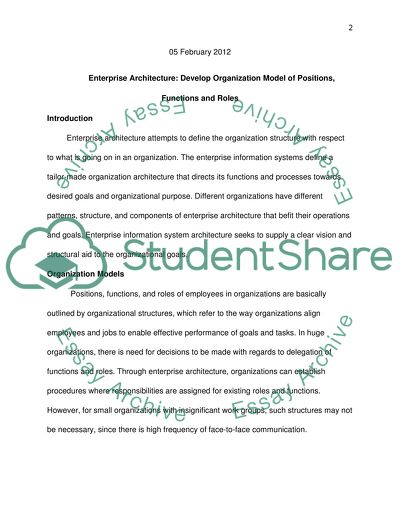Cite this document
(“Enterprise Architecture: Develop Organization Model of Positions, Essay”, n.d.)
Retrieved from https://studentshare.org/information-technology/1442344-enterprise-architecture-develop-organization-model
Retrieved from https://studentshare.org/information-technology/1442344-enterprise-architecture-develop-organization-model
(Enterprise Architecture: Develop Organization Model of Positions, Essay)
https://studentshare.org/information-technology/1442344-enterprise-architecture-develop-organization-model.
https://studentshare.org/information-technology/1442344-enterprise-architecture-develop-organization-model.
“Enterprise Architecture: Develop Organization Model of Positions, Essay”, n.d. https://studentshare.org/information-technology/1442344-enterprise-architecture-develop-organization-model.


